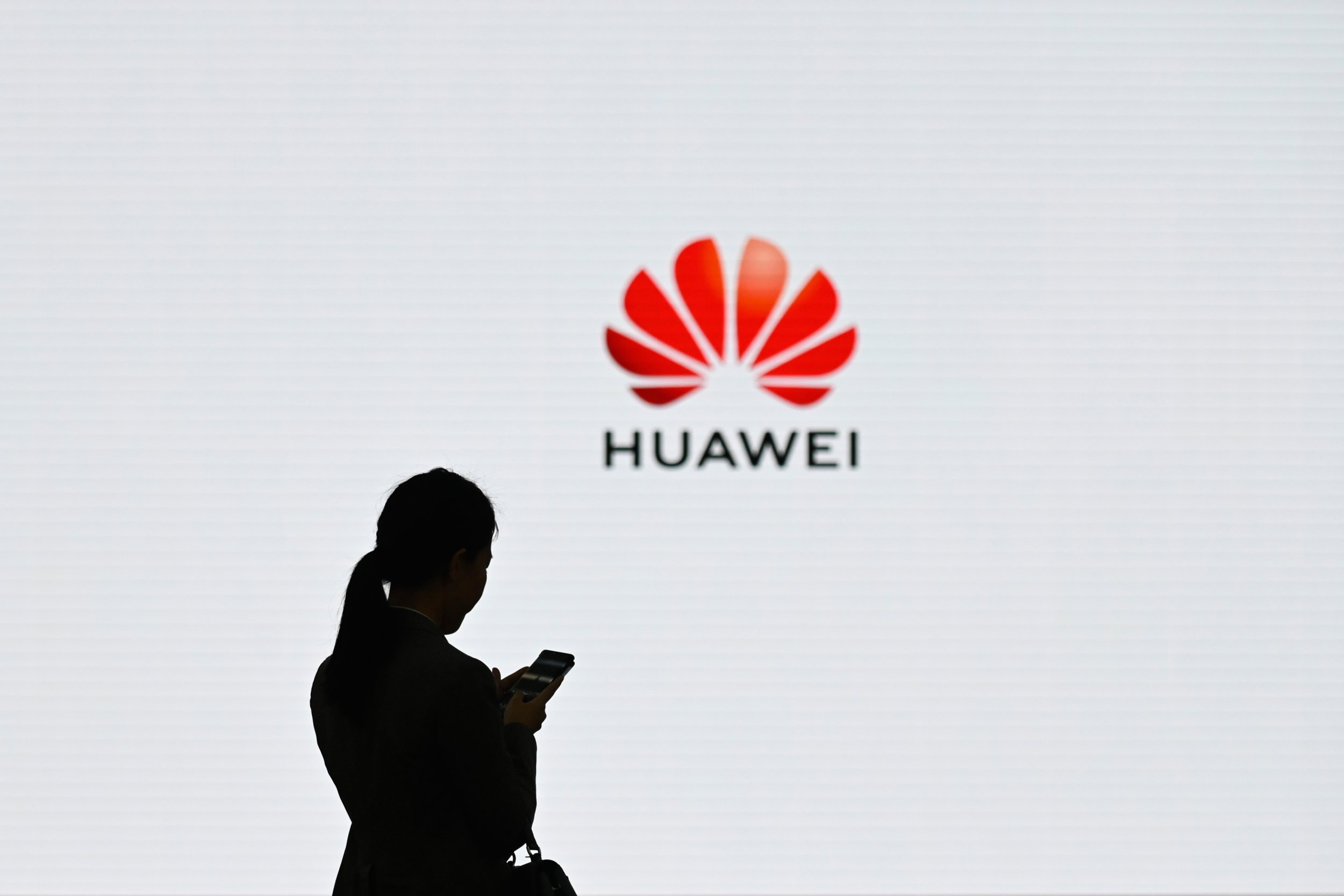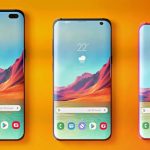The Huawei Ban: Explained
The executive order which meant Huawei is no longer allowed to do business with any American company came as a shock, even though we’d seen it coming. The US-China trade tensions have been on a steady rise, thus, the Chinese Tech Giants were in trouble the moment their devices were called into question. Couple of months back, there was major security concerns over Huawei devices. Or rather, the Chinese Government using Huawei devices to spy on the USA.
Huawei has not only penetrated the US market; Their smartphones are now the second highest selling in the world — Outselling iPhones and second only to Samsung. Of course, the USA makes up for a big chunk of those numbers. And it’s not just Smartphones. Huawei manufactures laptops and even network equipments like routers and modems. They have a very impressive product line for various market tiers and price ranges. They almost single handedly forced Apple and Samsung to make more affordable smartphone models just to keep up. And their Matebook X Pro and Matebook 13 were two of my favorite laptops of last year.
So what does the ban mean?
Following the order, Huawei can’t do business with any US company: Google, Intel, Microsoft, and most Social Media platforms. Google has in fact, already revoked Huawei’s Android license. Meaning no more software updates or security patches after the 90-day grace period. Consequently, Microsoft would also stop pushing Windows updates to Huawei laptops like the Matebooks. And whatever Service provider in the USA uses Huawei’s networking equipment would have to find another business partner. Intel and Qualcomm too can’t sell them any device components like mobile and laptop Processors.
Apparently, the ban across their entire product line and delivers a blow one can only wonder if Huawei would ever recover from. However, it seems Huawei knew they were on shaky ground for sometime now. The Kirin processors in their high-end smartphones rivals even USA company, Qualcomm’s chipsets. They reportedly ordered a Stockpile of components and parts that’ll last a few months at least. And there’s talk about a custom OS built on the Open Source version of Android. Huawei was definitely prepared for a rainy day like this one.
What Next?
Now, Huawei was really smart to have done all of that. But things still aren’t looking good for them. Switching customers for device parts and components would be a very expensive process. And for a while they may have quality issues with said components and even problems with meeting up to demand. Sure, they could still build a custom Android-based OS, but it’s a far cry from the Licensed Google version that we all know and love. Unfortunately, that’s not even the worst part. It’s how to convince people to use an OS where WhatsApp, Facebook, Netflix, Uber, and all the popular USA-owned applications aren’t supported.
Even if they worked around their Smartphone problems, what will happen to their PCs? They can’t use Intel, Nvidia or even AMD’s processors anymore and would stop reviving support and updates to their current devices. Worse, they technically can’t keep supporting windows.
Verdict
This must be an absolute nightmare for Huawei. And it matters to you more than you think. If they can’t recover from this, it’ll mean the fall of a major player in the Tech industry. If that happens, not only would we have less options to choose from as consumers—It also means other top-selling device manufacturers would have one less incentive to make compelling products at a competitive price. Hopefully, the Executive order would be modified or withdrawn in the light of negotiations. Such an outright ban can only do more harm than good.
In any case, I’d really hope that Huawei makes it through this rather trying period. Maybe even re-emerge with a fresh new standard we’d all come to love.
Comments
-
REEQY
Could they like partner with a US company thereby making part of its shares American, technically lifting up the ban? Something like Licence by Registration…



Fingerrighteous
Well dayum!